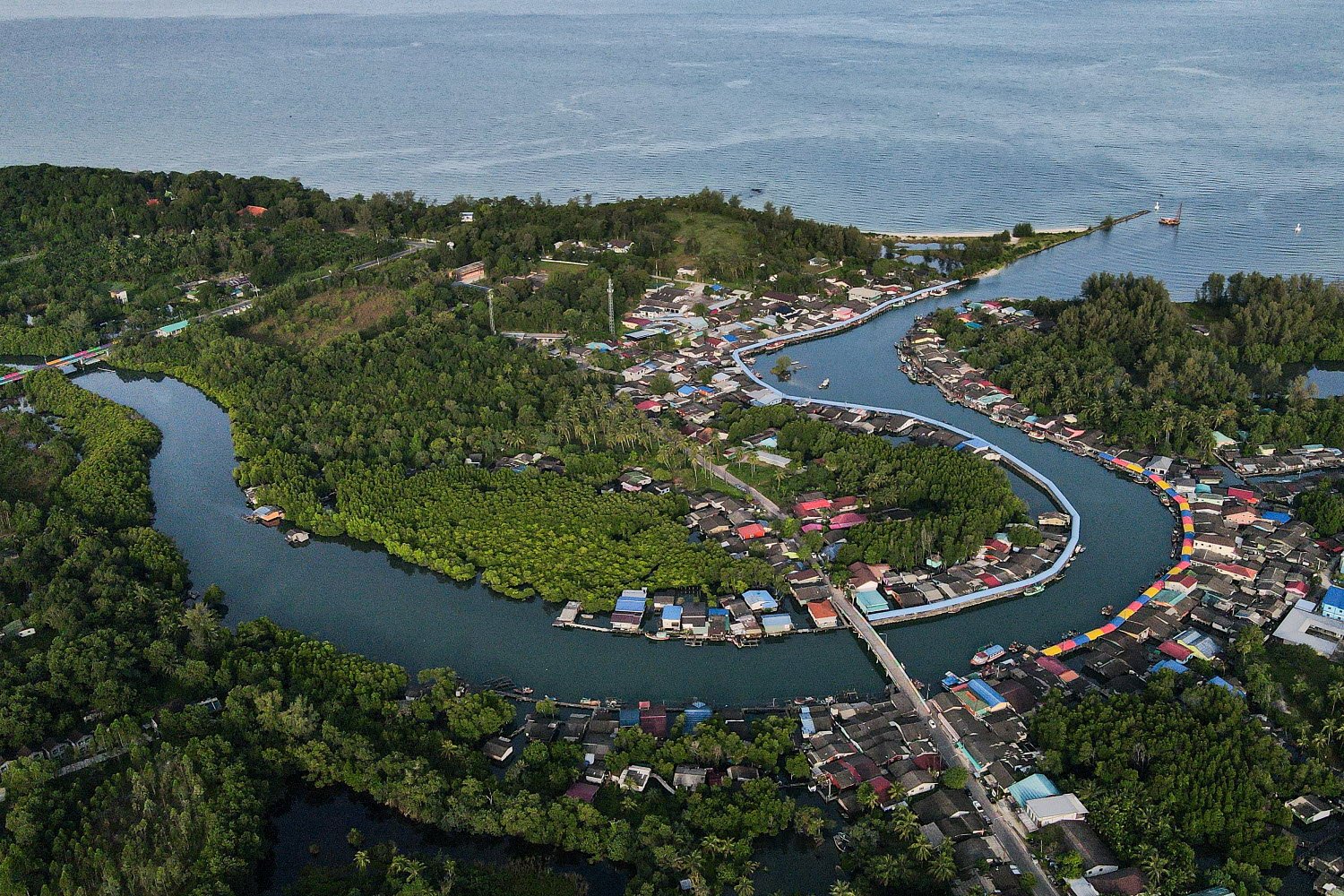
Groundbreaking partnership with ADB, CAF, EBRD and IOC-UNESCO aims to address agricultural, municipal, and industrial pollution from land-based sources that harm coastal environments.
The Food and Agriculture Organisation of the United Nations (FAO), along with four partner agencies, has been tasked with leading the Clean and Healthy Oceans Integrated Program, a source-to-sea initiative that will direct up to $115 million in grants to help countries curb land-based pollution of coastal environments and Large Marine Ecosystems.
The decision was made at the 64th Council Meeting of the Global Environment Facility (GEF), a family of funds dedicated to confronting biodiversity loss, climate change, pollution, and strains on land and ocean health.
FAO will co-lead the program together with the Asian Development Bank (ADB), the European Bank for Reconstruction and Development (EBRD) and the Development Bank of Latin America (CAF) in a strategic partnership with the Intergovernmental Oceanographic Commission of UNESCO (IOC-UNESCO).
Oceans have lost nearly 2 per cent of their oxygen since the 1950s, resulting in dead zones – known as hypoxia – that cannot support marine life. Pollution from land-based sources, including the overuse of fertiliser, organic waste from livestock, and untreated municipal and industrial wastewater, typically drives hypoxia worldwide.
Land-based pollution puts marine biodiversity, ecosystems, coastal economies and industries reliant on fisheries and the oceans’ resources at risk. Under long-term hypoxia, coral reefs may experience mass mortalities, valuable coastal fish species migrate to higher oxygen areas, and many marine species’ growth and reproduction rates plummet.
The Clean and Healthy Oceans Integrated Program aims to curb land-based pollution of our oceans through policy and regulatory innovation, infrastructure investments, and nature-based solutions. It will also map land-based sources of ocean pollution to understand the impacts of hypoxia better and apply ocean science to develop solutions that improve human and ocean health.
Specifically, the program aims to improve sustainable practices on 200,000 hectares of landscapes and 14.3 million hectares of marine habitats (an area roughly the size of all of Thailand’s cultivable land). Additional aims include reducing pollution and improving management in more than three Large Marine Ecosystems, and mitigating 5.6 million metric tons of greenhouse gas emissions.
This is the first time FAO, ADB, CAF, EBRD and IOC-UNESCO have teamed up under one program to deliver global environmental benefits.